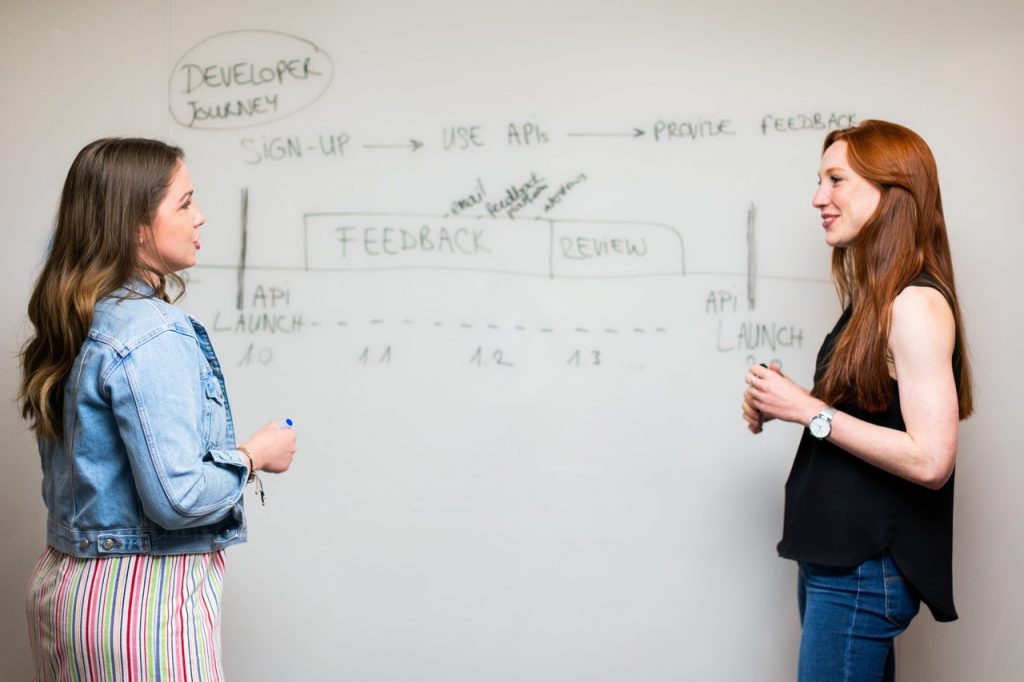The main steps to set up your website.

With the experience this year of being in lockdown without much social contact, it’s now more evident to us how valuable personal experience is. With all this time stuck at home, but still craving connection with others, the surge in TikTok users makes sense. People have had the time to explore it, get on the bandwagon of the Gen-Z millennials, and now, many more people are inspired to establish an online presence. In the same way an online presence can help your social life, a website can benefit your business and boost it’s exposure. A lot of businesses that previously were based on the physical, realise that there are jobs that can be done online. As this emerged, there was a massive demand for a set of skills involving knowledge on anything digital, including education, design, media, accountancy and sales planning. A lot of online jobs have emerged which have given recognition to online freelancers. So whether it is to set up your business online, or you are looking to offer setting up website for others, here are the main steps to setting up a website.
- Plan the energy you want to convey.
A website talks directly to your customer. Remember, customers that go to a physical store, an amusement park, or the theatre, typically feel the money they spend there is worth it if it makes them feel good and experienced good customer service. Consider the same principle when mapping out how you want your website to function and treat visitors. Is it the sole source for your product or service’s information? Is it the very hub where all purchases would be made? How do you want it to serve your business? Then that’s how it will choose the pillar it would stand on.
If we talk about the colours you want to settle with, the content you want to publish, or the product you wanted to sell, then it gets narrowed down to what you want the website to be all about. Firewall, security licenses, and easy payment schemes should be applied if it is to be an ecommerce site where sales are made. If it’s your way of showing philanthropy to a cause, then together with your content, your website vibe should convey that. Weaving together the visuals and content is part of the process and requires work. So, planning what it is you want to convey and the energy you want to bring, will help save a lot of time, money, and energy.

- Choose a website builder and stick to it.
The beauty of starting in this day and age is that there are many well-organized, easy-to-use platforms that give you a template to start your website on. If you already have a successful Cuban cigars business, then all that you have to decide on is the website design and layout that suits your business best in order to transition online. As far as structure is concerned, it pretty much tells you what you can put on the site in terms of pages, widgets, and plug-ins. Complete with hosting capacity, visual editor, and a domain name, it’s pretty fun to go building your new website.
- Choose the right domain name.
The shorter, the better. If you sell cigars online, then try and get a domain name as close to cigarsonline.com as possible. And as soon as it earns a tag line which makes it surface with your brand’s mission statement and product, that’s what’s going to earn you ‘existence’ online. A marketing strategy consultant can help you clarify your brand message and marketing plan. Then exceed your customers’ expectations. As you deliver on your product promise, complete with excellent customer service, you gain loyal customers. As your community and customer base builds, it earns recognition, referrals, and of course, reputation.
- Set it up.
Make it a trusted website. Build it up and develop it with great content so that customers, clients, and passers-by find it enticing. They will then feel it’s a site worth going back to, and be remembered. Depending on your product area, there is tremendous competition and many clicks to battle with, not to mention the attention span of an average human being is 8 seconds. So your brand should defy all of these challenges. Possibly not in the very, beginning but in time. On top of keeping up with technological advancements. It’s important not to include a plug-in that could make it easy for visitors or followers to share your content. Make sure you secure your website where sales will be made therefore involving money and credit cards. The last thing you want is to get in trouble because you didn’t take information privacy seriously.
- Launch your website.
Finally, it’s good to understand that launching your website is not the end of the process, but more likely the end of the starting phase. Because as you observe your website’s performance vs. the people’s reaction to it, then you will see the areas you need to improve for a better user experience. You can also gather data as to what are your best-sellers and help visitors learn more about these products. As you gather data in terms of the number of visitors, subscribers, you will learn how they want to associate themselves with you as a brand. Launching your website is giving you an idea on how to launch your business and considering minimal risk, efficient costs, and sustainability.
Don’t forget that the general advice of “less is more” can apply to websites too. If you are still wary of how to actually start, go with a minimal approach to begin with. Also, don’t hesitate to consult an expert in the field if you need actual help, most especially in the initial planning stages.





